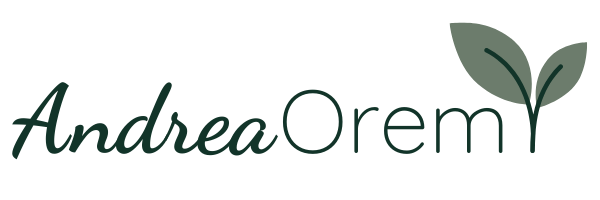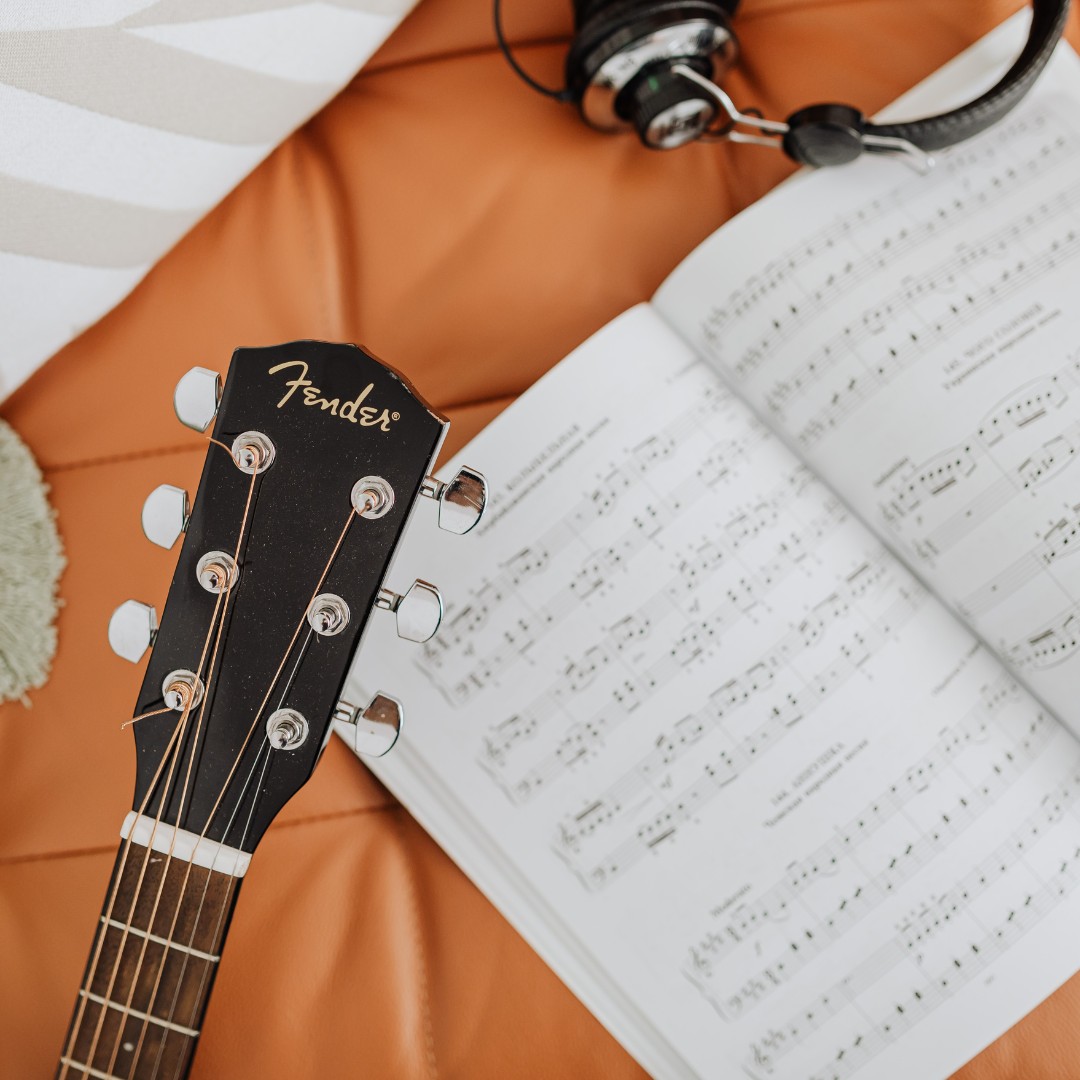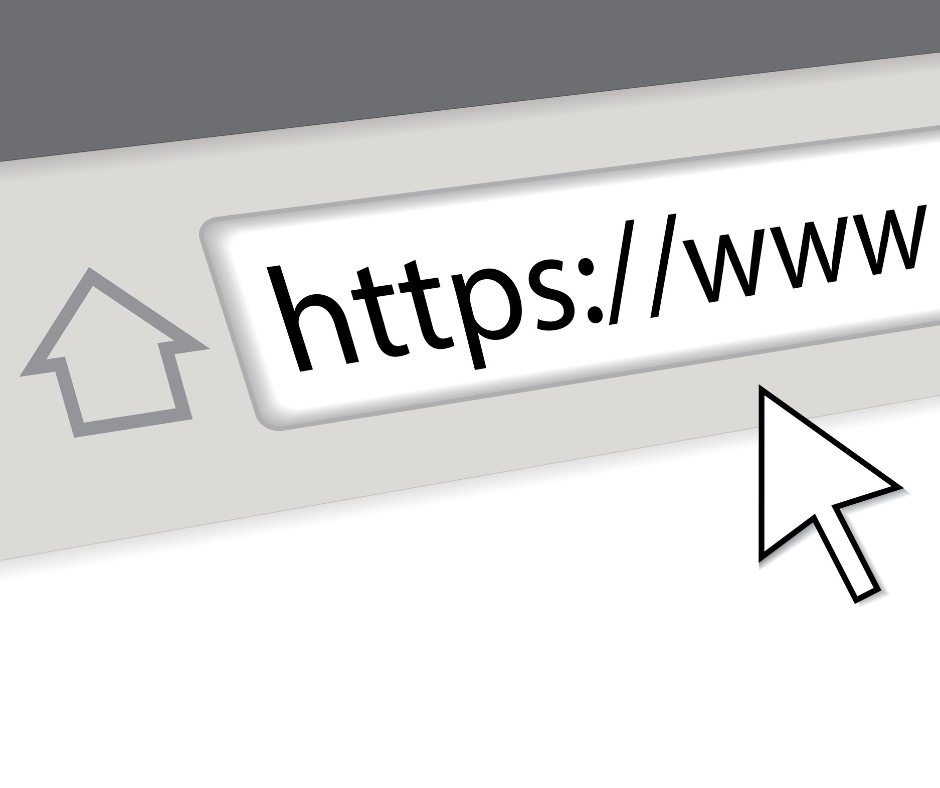
You’re a Music Teacher, Not a Web Developer (And That’s Okay)
- Teach fewer hours but earn more
- Attract students without sending cold DMs
- Build a scalable business that lets you work from home and still be there for your family
3 Common Mistakes on Music Teacher Websites (That Keep You Stuck)
1. It’s All About You Instead of What They Get
2. No Clear Call to Action
3. It Doesn’t Sound Like the Real You
If your site looks like every other studio out there, it blends in instead of standing out.
Your Website Should Work for You (Even When You’re Teaching)
A parent finds your site on Pinterest or Google.
Within two minutes, they feel connected, understand your offer, and take action.
Your system sends a welcome message, offers a free guide, and starts building trust while you’re teaching your next lesson.
Ready to See If Your Website Is Helping or Hurting Your Growth?
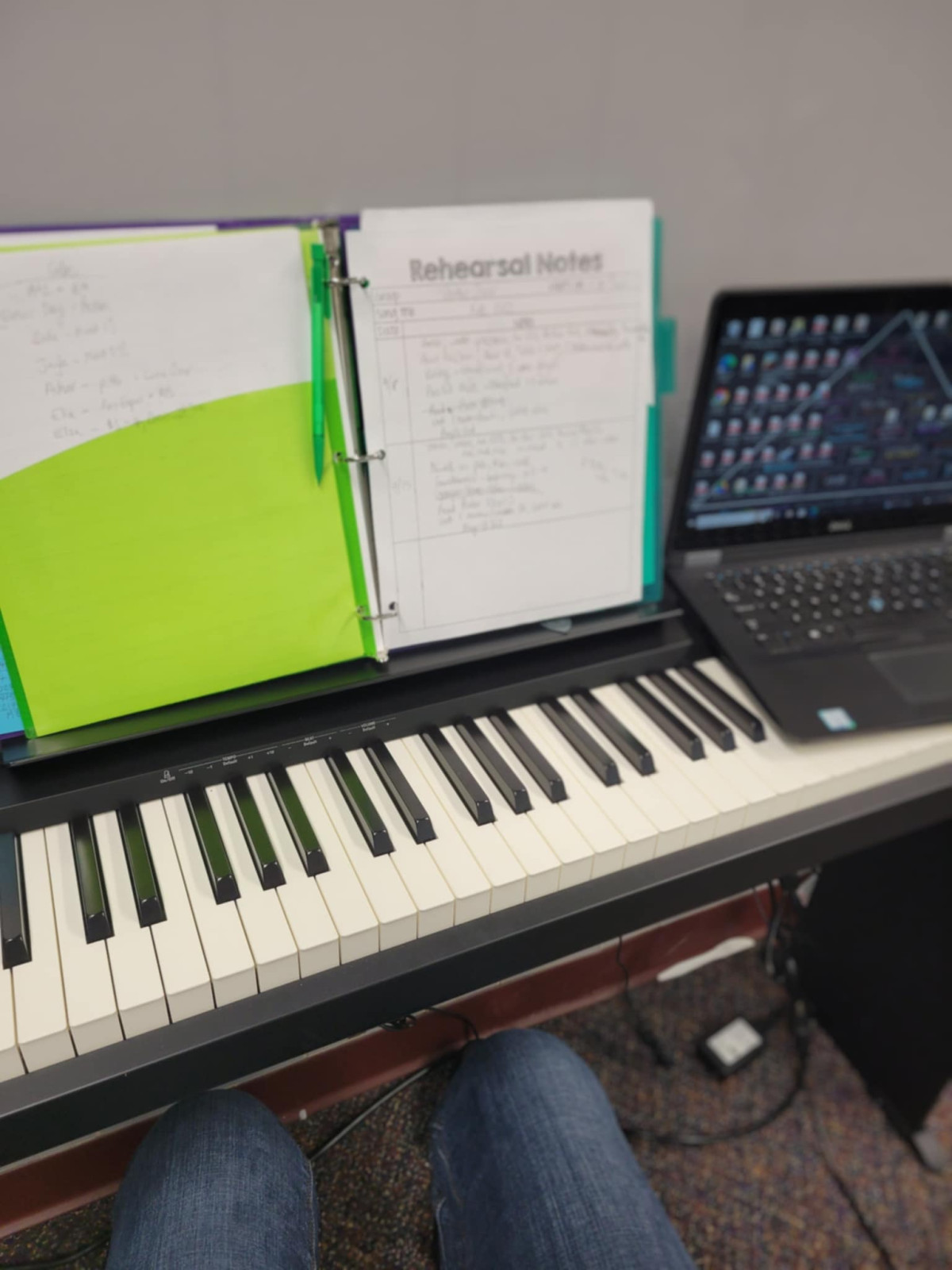
Step 1: Start With Your Season
- What matters most in this season of life?
- What do I want my days to feel like?
- What’s realistic for my energy and capacity right now?
- Slow mornings
- Teaching blocks in the afternoon
- Protected time for rest, family, and personal projects
Step 2: Set Clear Teaching Hours (That Work for You)
- Group similar lessons or classes together
- Teach during your peak energy hours
- Build in a “buffer block” once a week for reschedules or overflow
Step 3: Give Admin + Planning Tasks Their Own Space
Parent communication.
Scheduling.
Invoicing.
Marketing or social media (if you do that).
- Admin Monday afternoons
- Email catch-up on Tuesday + Thursday mornings
- A batch prep session for social media every other Friday
Step 4: Schedule Personal Time Like It’s a Lesson
- Walks during the day
- A Sabbath-style rest on Sunday
- Weekly date nights
- Creative time that’s not “for work”
Want Help Structuring Your Week?
Be sure to listen to Episode 6 of Out of the Music Room for the full breakdown.
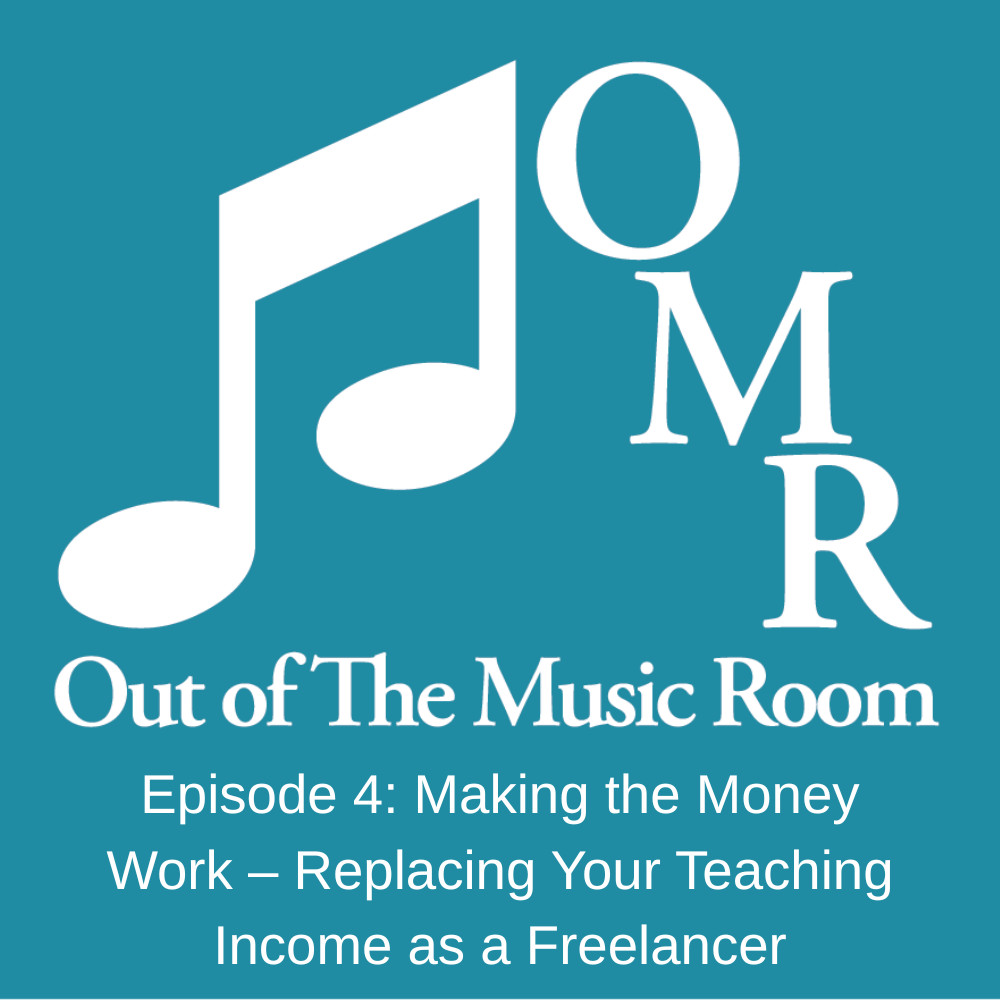
Get Clear on the Real Numbers
Build Smarter, Not Heavier
- Private lessons in voice and piano
- Group classes (more students, same time)
- Homeschool enrichment programs
- Seasonal workshops and camps
- Digital resources and asynchronous learning tools
- Affiliate recommendations for things I already loved and used
The Pricing Shift That Changed Everything
- Your years of experience and training
- The prep time you don’t bill for but always do
- The emotional energy it takes to show up, week after week
- The confidence and joy your students walk away with
You Deserve More—and That’s Okay
You create more when you’re not scrambling.
You serve deeper when your own cup isn’t empty.
One More Thing...
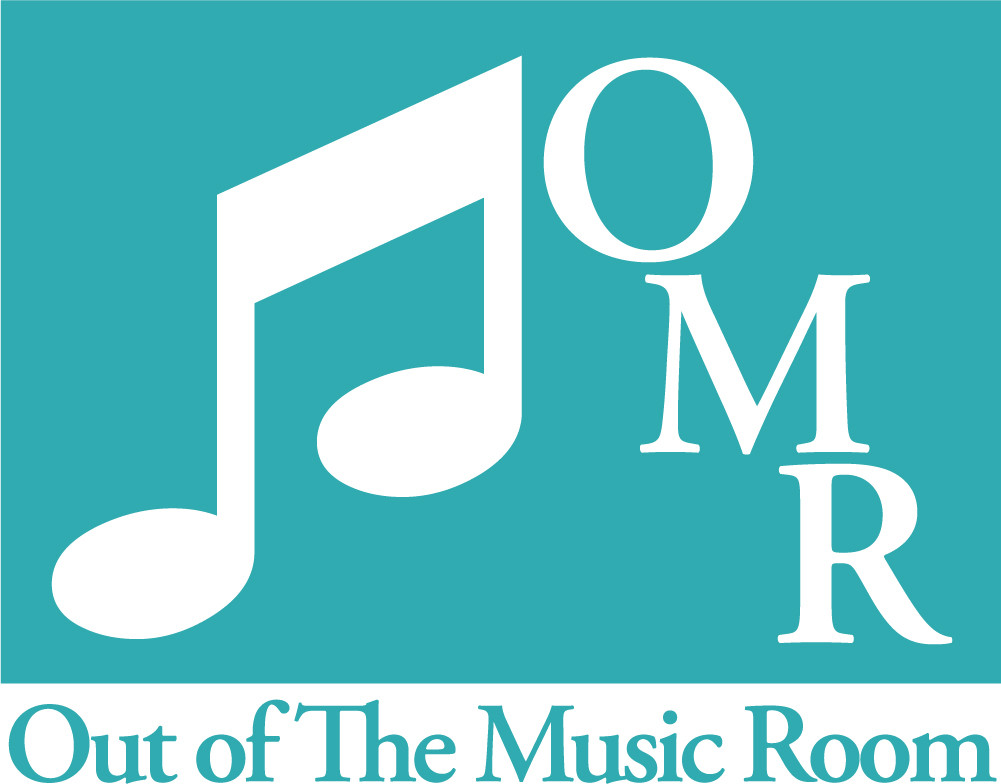
Yes — I’m a composer.
Yes — I could have written my own podcast intro music.
And no — I didn’t.
And not because I ran out of time.
I chose not to — on purpose.
🎶 I Could Have Composed It… But I Didn’t Need To
“You should write your own theme music. You’re a composer. It would be the perfect showcase.”
- To launch.
- To start connecting.
- To teach, to encourage, to serve.
🧠 Just Because You Can Doesn’t Mean You Should
To check every box.
To make it all “custom.”
✨ What This Looks Like in Your Business
You don’t have to do everything to prove you're talented.
You don’t have to build it all from scratch to make it meaningful.
You don’t have to be the composer, performer, editor, marketer, admin, AND accountant.
TL;DR (Because: real life)
🎯 If Marketing Is the Thing You Know You Need to Hand Off…
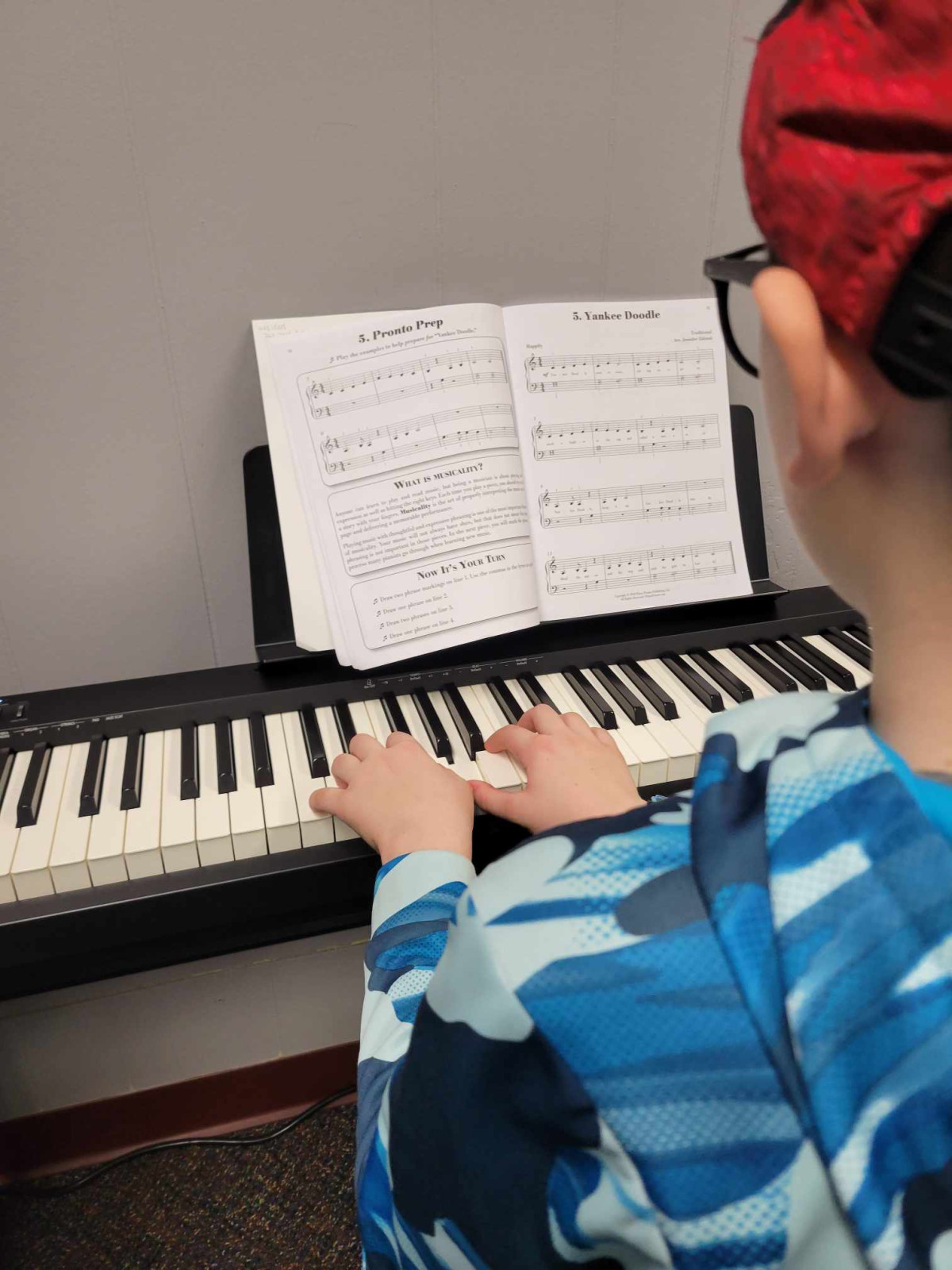
There has got to be a better way to teach music.
That’s another story.
Signs freelance teaching might be your next step:
- You’re still passionate about teaching, but totally burned out by the system
- You want more flexibility for your family, your health, your sanity
- You’re craving more creativity, freedom, or income potential
- You’re drawn to the idea of building something that’s yours

- Summer break
- The holidays
- That awkward post-recital slump
- Mid-January when everyone’s still in pajamas
Students travel, families go into hibernation mode, and suddenly your inbox is quieter than you’d like.
Should you stop marketing during these “off” times?
First: Off-seasons aren’t failures—they’re rhythms.
You’re not doing anything wrong if things slow down in July or January.
How you show up during the quiet seasons sets you up for the busy ones.
So what kind of marketing does work in off-seasons?
This is the time to show up with value—tips, encouragement, behind-the-scenes moments. Stay top-of-mind without shouting “Buy from me!”
Summer is a great time to warm up your email audience, run a simple re-engagement sequence, or share a few “what I’m working on” updates.
Plant seeds for fall enrollment or back-to-school offers. Preview what’s coming, share early-bird bonuses, and invite people to get on your waitlist.
This is prime time to refresh/redo your website, update your welcome sequence, or build out new evergreen offers. Do the foundational work now so it’s ready when inquiries pick back up.
Want some fresh eyes on your marketing strategy?
A quiet season isn’t a dead end.
It’s a window of opportunity.

Yes.
Long answer?
Absolutely—but you’ve gotta get strategic.
If you’ve ever considered deleting your Instagram account mid-scroll or felt a tiny bit resentful of having to dance, post, or film your life just to get students... you are not alone.
You don’t need to be everywhere online to build a thriving business.
Why this myth is so loud in our industry
We were trained to teach.
Hoping someone notices
Spinning our wheels trying to stay “visible”
So what does work if I’m not using social media?
✔️ Email marketing (yep!)
You don’t need a giant list—just the right people and a clear message.
✔️ Local SEO (Google-friendly content)
✔️ Local connections + word of mouth
Coffee shop flyers, community boards, PTA connections, partnerships with local schools or homeschool co-ops… golden.
✔️ Free value-packed content
Not to go “viral,” but to build trust.
And when those resources are paired with a smart CTA to join your email list? Boom. You’ve got a system.
You don’t need more followers—you need more focus.
More connection.
I help music teachers build exactly that kind of business.
Strategic. Sustainable. Soulful.
Ready to find your local edge?
It’ll show you how to spot opportunity gaps, position your business in your community, and grow without posting on every platform.
You're building a business.
And you get to do it in a way that actually works for your life.

You’ve been showing up on Instagram. You’re posting about your lessons. You’re even trying those little trending audios where you point at text boxes and lip sync (major kudos if you actually enjoy those 😅).
“Maybe I’m just not cut out for this…”
“What am I missing?”
“Why is this working for other teachers but not me?”
The truth they don’t tell you about going freelance.
Bills. Doubts. The pressure to “build a brand.”
The fear of giving up a steady paycheck for something that might not work.
We start posting online.
We try to “build an audience.”
We hope the students will come.
❌ Followers are not the same as leads.
You can have a viral post and still no paid bookings.
Because visibility ≠ viability.
But email marketing is where real connection—and real business—happens.
Wait… do I really need email marketing?
If you’re dreaming of digital offers, group programs, local partnerships, creative freedom and real income... then yes.
It’s your direct line to the people who care about what you offer and are ready to go deeper.
- It’s personal. You’re showing up in their inbox, not buried in a feed based on an arbitrary algorithm.
- It’s intentional. You can guide people through a journey, not just hope they happen to see your next post.
- It converts. Like, way more than social. (Some stats say 6x higher. I believe it.)
So… what should I send?
- A weekly tip or encouragement
- A behind-the-scenes story from your teaching or biz-building life
- Student wins or testimonials
- Updates on offers, workshops, new resources
- Sneak peeks & early release offers
- Free content with a clear Call To Action (even if that CTA is “come hang out with me!”)
But what if I’m still not getting bites?
Who exactly are you trying to help?
What do they actually need?
How do you solve that problem better than anyone else?
Suddenly, people start saying things like: “It’s like you’re inside my head.”
Final thoughts from someone who's been there...
You’re building a business.
A business that reflects who you are and how you love to serve.
A business that doesn’t rely on algorithms or burnout to grow.

You don’t need to go viral to grow a successful business.
You just need to show up where your people are already looking.
So… what is local SEO?
- “Voice teacher near me”
- “Piano lessons in [your city]”
- “Violin lessons for beginners [zip code]”
- “Music classes for kids [town name]”
Why this matters especially for freelance teachers:
- A clear, search-friendly homepage or website that actually converts
- A Google Business profile with current info, photos, and reviews
- A few blog posts or pages that use phrases people are actually typing into Google
Want help figuring out how you stack up locally?
📍 The Local Market Analysis Report for Music Teachers
You need to be easier to find by the people who already want what you offer.

“But I’m doing all the things… why isn’t this working?”
Spoiler alert: what you’re doing might not be marketing. It might just be posting.
Wait, isn’t social media part of marketing?
It leads somewhere. It’s part of a system. It helps move people from stranger → curious → ready to book.
🚩 You might just be posting if:
- You're posting consistently but still not getting inquiries
- You’re not sure what the goal of your posts actually is
- You don’t have a system to follow up with interested people
- You’re relying on “hope marketing” (as in: “I hope someone sees this and books a lesson or buys a course!”)
- You’re not collecting emails or offering clear next steps
What real marketing actually looks like
- You know who your ideal student is (and speak directly to them)
- You offer clear next steps (not just “like and share!”)
- You nurture leads over time (think: email series, helpful content, invitations—not pressure)
- You measure what’s working and adjust with intention
- You’re building something bigger than just a full 1:1 schedule—you’re building a business
So how do I start actually marketing?
- Who do I really want to teach?
- What makes me different?
- What problem am I solving for them?
- What’s the best way to reach them consistently—without burning out?
A message that says:
“Hey, I see you. I understand your needs. And I’ve built something just for you.”
Ready to make your marketing mean something?

“Post every day.”
“Show your face more.”
“Keep showing up — even if no one’s commenting.”
“If I just post more, it’ll eventually start working.”
What Posting More Really Does (If There’s No Strategy)
- Wasted time
- Mental fatigue
- Feeling like social media is a second job
- Zero leads, despite all that effort
So... What Does Work?
1. Define the Goal of Your Content
- Build trust with potential students (or their parents)?
- Get clicks to your lesson info page?
- Encourage people to join your email list?
- Kick up your algorithm with engagement?
2. Focus on Strategy Over Frequency
You need to speak clearly to the person you want to help, with content that connects.
3. Plug Social Media Into a Bigger System
- Your website
- Your email list
- Your inquiry form or booking page
- A clear onboarding path
Real Talk for the Music Teacher Scrollin’ Instagram at 10 PM
You’ve just been given the wrong tools.
More strategy = more results.
Ready to Make Social Media Actually Work for Your Studio?
This isn’t another fluffy checklist. It’s a practical roadmap that shows you how to simplify your marketing, attract better-fit students, and stop wasting time on content that doesn’t convert.

You're posting to Instagram or Facebook.
You’re offering lessons, group classes, or courses…
But it feels like no one’s actually listening. (Cue crickets)
It’s not always about how often you're posting or which platform you’re on.
It might be that you’re not speaking clearly to the right person.
Why Knowing Your Ideal Student (or Parent!) Changes Everything
Your posts feel flat.
Your emails feel awkward.
And your audience? Confused.
- You're writing content that even you wouldn’t stop to read
- You’re getting inquiries from people who don’t really fit your vibe (or budget)
- You feel stuck every time you sit down to make content
- Your offers don’t sell like you hoped
- And you’re constantly second-guessing your messaging
Your message lands.
Your offers click.
The right people start finding you (and saying YES).
Not Sure Who Your Ideal Client Is? Here’s How That Might Show Up:
- You’re posting regularly… but engagement is low
- You’re getting questions that don’t match what you actually offer
- You struggle to explain what you do and who it's for
- You're getting inquiries from people who aren’t ready, aren’t a fit, or just want a discount
- You're tweaking your messaging over and over… and still feel like it's off
You just need a bit of clarity. And I’ve got you. 💛
How to Fix It (Without a 47-Page Worksheet!)
1. Who do I love teaching — and why?
What were they like?
What did they care about?
Why did working with them light you up?
2. What are they struggling with before they find me?
3. What outcome are they hoping for?
Speak to the transformation:
More confidence
A love of music
Better focus
A teacher who gets their child
When You Know Who You’re Talking To, Everything Gets Easier:
✅ Your offers resonate
✅ Your students (and their parents) feel connected before they even hit "inquire"
✅ And best of all—you feel confident sharing your work
You’ll start attracting students who are truly a great fit—and who are thrilled to pay for the transformation you provide.
Want Help Defining Your Ideal Student (Without Spinning Your Wheels)?
You need a plug-and-play guide that actually makes sense for music teachers building businesses on their terms.
It’ll help you:
- Get crystal-clear on who your perfect-fit student (or parent) really is
- Understand what they’re looking for and how to speak their language
- Create messaging that clicks—so your website, posts, and emails actually work
- Build the foundation for marketing that feels focused, not frantic
It’s your first step to building a business that feels aligned, sustainable, and so much lighter.
